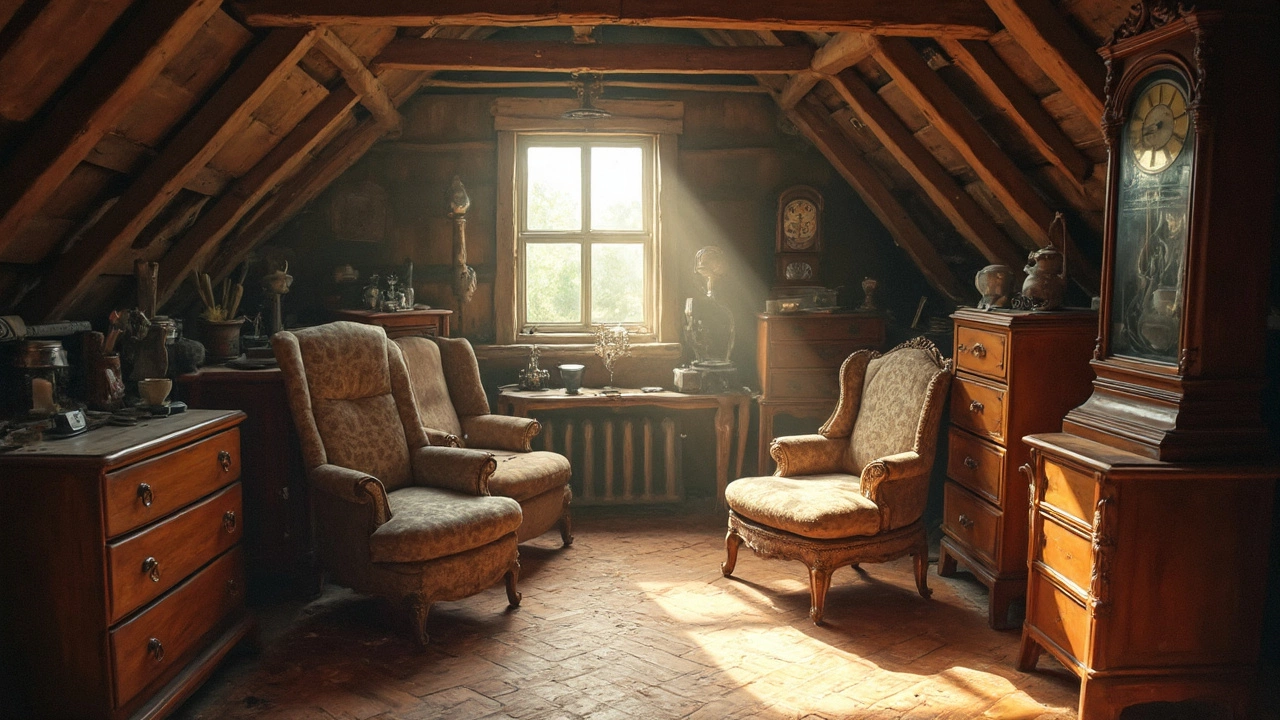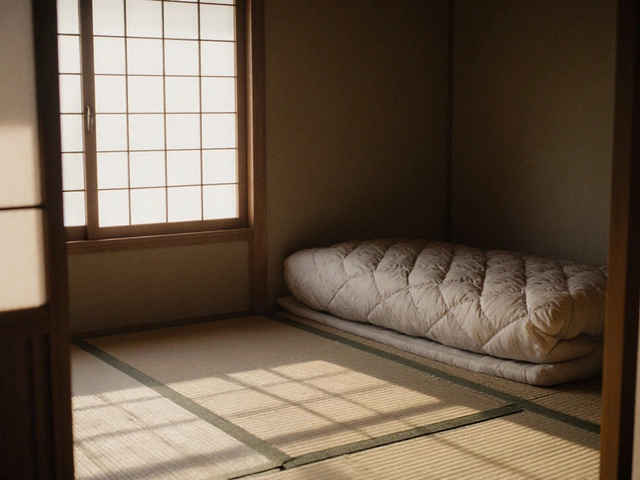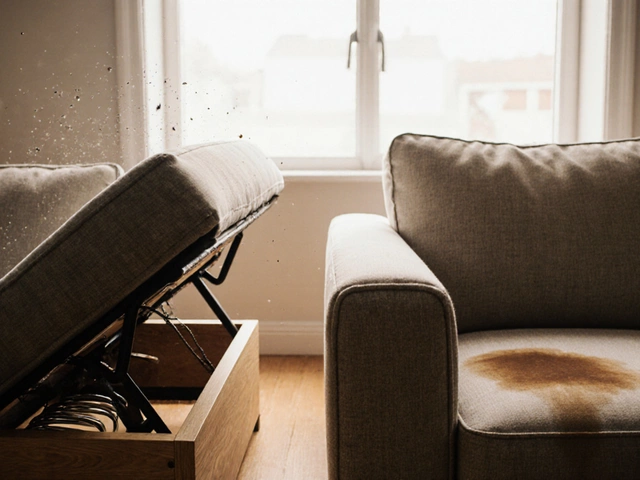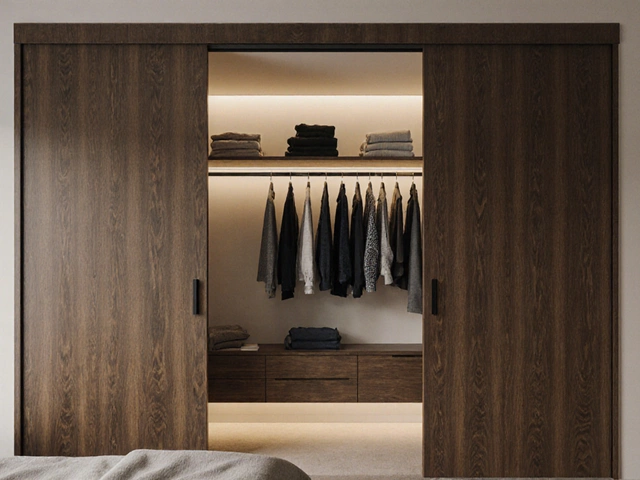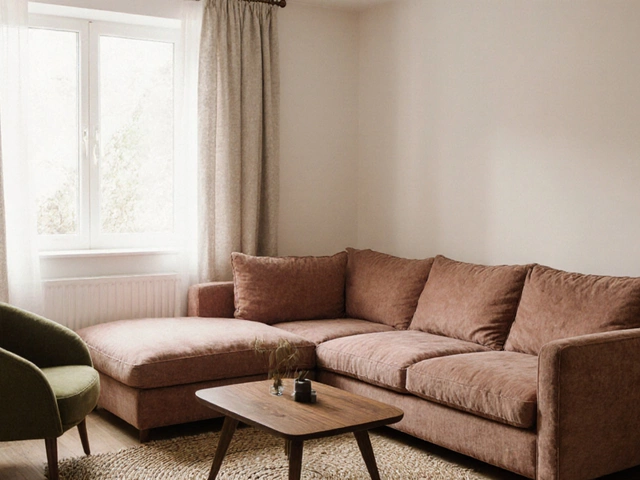Storage Duration: How Long Should Your Bedroom Items Stay Put?
Ever asked yourself how long you can leave a wardrobe, mattress or dresser in storage without it getting ruined? The answer isn’t one‑size‑fits‑all, but with a few simple rules you can keep everything in good shape until you need it.
Common Items and Their Ideal Storage Times
Wardrobes and wardrobes‑style cabinets: If they’re made of solid wood, store them for up to 3 years. After that, the wood can dry out and cracks may appear. Metal wardrobes hold up longer—think 5 years or more—provided they’re kept dry.
Dressed‑up beds and headboards: Upholstered pieces should stay no longer than 2 years in a damp‑free environment. The foam can lose its bounce and the fabric may develop mildew. Plain wood frames are tougher; 4 years is a safe bet.
Mattresses: Store a mattress flat on a sturdy platform for up to 1 year. Anything longer risks sagging and dust‑mite buildup. If you must keep it longer, wrap it in a breathable mattress cover and keep the room temperature stable.
Nightstands and dressers: Solid wood can survive 4 years if you use padding between drawers and keep them off the floor. Particle‑board items should be limited to 2 years; the board can warp when exposed to humidity.
Soft furnishings (rugs, curtains, cushions): Roll them loosely and store for a maximum of 18 months. Rolling helps prevent creases and keeps dust from settling.
Tips to Preserve Items While Stored
First, always use a climate‑controlled space. A garage that swings from hot summers to freezing winters is a nightmare for furniture. Aim for a steady 60‑70 °F and low humidity.
Second, wrap each piece in breathable material—cotton sheets, moving blankets, or specialized furniture covers. Avoid plastic sheeting; it traps moisture and encourages mold.
Third, keep items off the floor. Use pallets or sturdy cardboard sheets to create a barrier between your furniture and any damp ground.
Fourth, give everything some air every few months. Open the covers, rotate the pieces, and check for signs of pests or water damage. A quick inspection can save you from costly repairs later.
Finally, label each box or wrapped item with the date you stored it. When you pull things out, you’ll instantly know which ones are approaching the safe‑storage limit.
By matching the right storage duration to each type of bedroom item and following these easy steps, you’ll keep your furniture looking fresh and ready for when you finally set it up in your East Yorkshire home.
How Long Does Furniture Last in Storage?
Storing furniture is a common need for many people, whether due to moving or simply making space. This article explores how long furniture can last in storage while offering practical tips to help extend its lifespan. It covers factors like climate control, material types, and preparation methods. You'll learn to maximize the longevity of your stored furniture. Proper care today can mean less hassle and expense down the road.
